What Bridge Camera Will Accept Filter Attachments?
When it comes to choosing a bridge camera, one of the key features that many photography enthusiasts look for is the ability to attach filters. Filters can significantly enhance the quality and creativity of your photos by allowing you to control light, reduce glare, and add special effects. In this article, we will explore the importance of filter attachments for bridge cameras, discuss some popular models that support this feature, and provide practical tips on how to make the most out of your filter-equipped bridge camera.
Understanding Bridge Cameras and Filter Attachments

Bridge cameras, also known as superzoom cameras, are designed to bridge the gap between compact point-and-shoot cameras and more advanced DSLR or mirrorless cameras. They offer a versatile range of features, including powerful zoom lenses, manual controls, and a variety of shooting modes. One of the standout features of many bridge cameras is their ability to accept filter attachments.
Filters are accessories that can be screwed onto the front of a camera lens. They come in various types, including UV filters, polarizing filters, neutral density (ND) filters, and color filters. Each type of filter serves a specific purpose, such as protecting the lens, reducing reflections, controlling exposure, or enhancing colors.
Popular Bridge Cameras with Filter Attachments
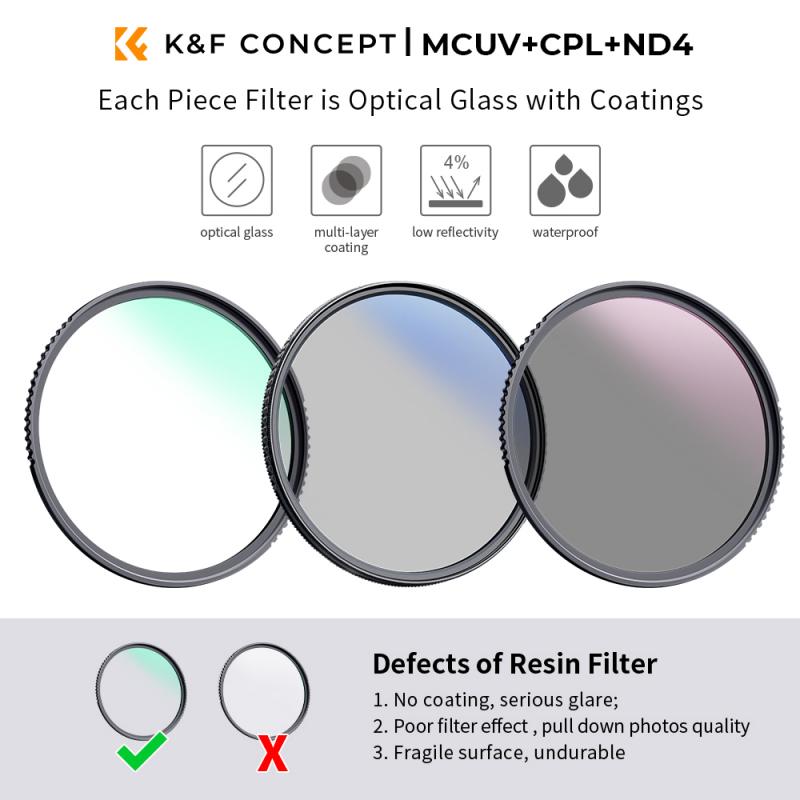
Several bridge cameras on the market are designed to accept filter attachments. Here are some popular models that offer this feature:
1. Sony Cyber-shot RX10 IV
- The Sony RX10 IV is a high-end bridge camera known for its impressive 24-600mm zoom lens and fast autofocus system. It features a 72mm filter thread, allowing you to attach a wide range of filters to enhance your photography.
2. Panasonic Lumix FZ1000 II
- The Panasonic Lumix FZ1000 II is another excellent bridge camera with a 25-400mm zoom lens and a 62mm filter thread. This camera is ideal for photographers who want to experiment with different filters to achieve creative effects.
3. Canon PowerShot SX70 HS
- The Canon PowerShot SX70 HS offers a 65x optical zoom lens and a 67mm filter thread. This camera is perfect for capturing distant subjects and using filters to improve image quality and add artistic touches.
4. Nikon Coolpix P1000
- The Nikon Coolpix P1000 is known for its incredible 125x optical zoom lens, making it one of the most powerful bridge cameras on the market. It features a 77mm filter thread, allowing you to attach various filters to enhance your shots.
5. Fujifilm FinePix HS50EXR
- The Fujifilm FinePix HS50EXR offers a 42x optical zoom lens and a 58mm filter thread. This camera is a great choice for photographers who want to explore the creative possibilities of using filters.
Benefits of Using Filters with Bridge Cameras
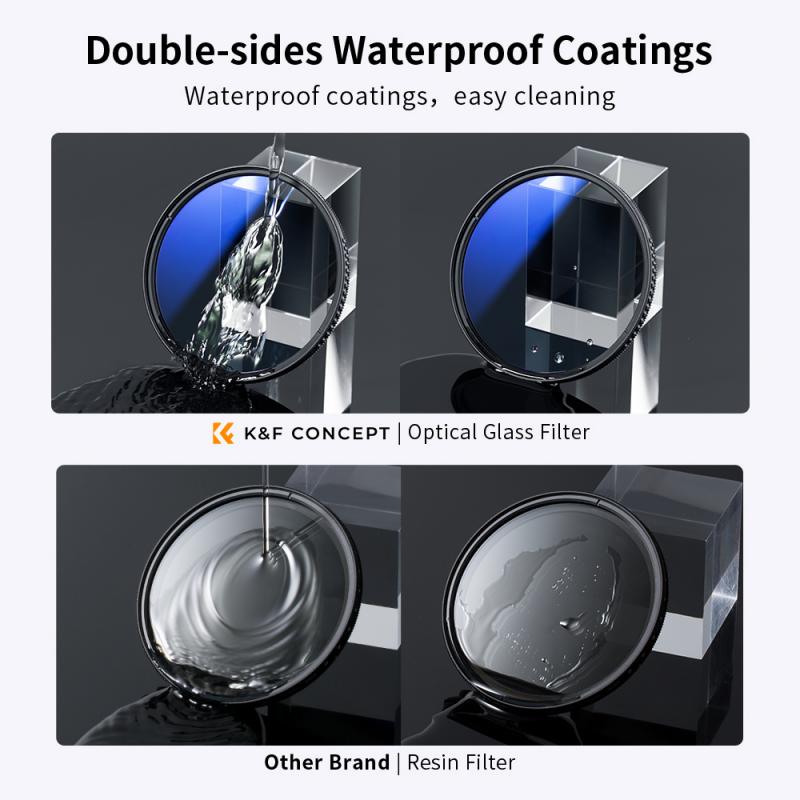
Using filters with your bridge camera can provide several benefits, including:
1. Lens Protection
- UV filters are commonly used to protect the camera lens from dust, scratches, and accidental damage. They are transparent and do not affect image quality, making them an essential accessory for any photographer.
2. Improved Image Quality
- Polarizing filters can reduce reflections and glare from surfaces such as water and glass, resulting in clearer and more vibrant images. They also enhance the colors of the sky and foliage, making your photos look more vivid.
3. Creative Effects
- ND filters allow you to control the amount of light entering the lens, enabling you to use slower shutter speeds for long-exposure photography. This is particularly useful for capturing motion blur in waterfalls, rivers, and other moving subjects.
4. Enhanced Colors
- Color filters can be used to enhance or alter the colors in your photos. For example, a red filter can make the sky appear more dramatic, while a blue filter can add a cool tone to your images.
Practical Tips for Using Filters with Bridge Cameras
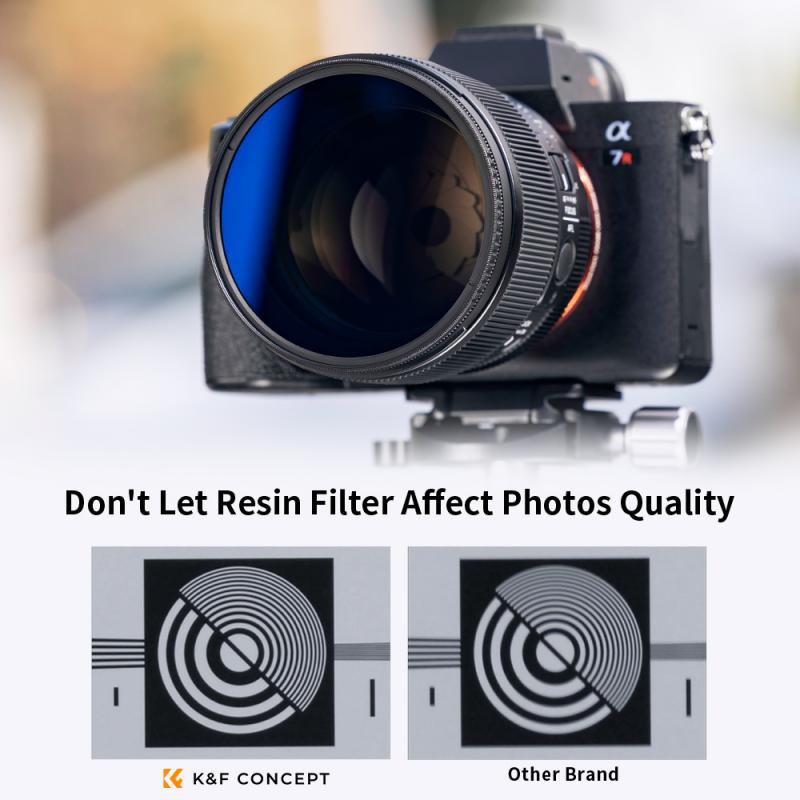
To make the most out of your filter-equipped bridge camera, consider the following practical tips:
1. Choose the Right Filter Size
- Ensure that you select filters that match the filter thread size of your camera's lens. Using the wrong size can result in vignetting (darkening of the corners) or difficulty attaching the filter.
2. Invest in Quality Filters
- High-quality filters are made from optical glass and have multi-coating to reduce reflections and improve light transmission. Investing in good filters can make a noticeable difference in your image quality.
3. Experiment with Different Filters
- Don't be afraid to experiment with different types of filters to achieve various effects. Try using a polarizing filter for landscape photography, an ND filter for long exposures, and color filters for creative shots.
4. Use a Filter Holder
- If you plan to use multiple filters simultaneously, consider investing in a filter holder. This accessory allows you to stack filters and easily switch between them without having to screw and unscrew each one.
5. Clean Your Filters Regularly
- Keep your filters clean to ensure optimal image quality. Use a microfiber cloth and lens cleaning solution to remove dust, fingerprints, and smudges.
Bridge cameras with filter attachments offer a versatile and creative way to enhance your photography. By understanding the benefits of using filters and choosing the right camera model, you can take your photography to the next level. Whether you're capturing stunning landscapes, experimenting with long exposures, or adding artistic effects to your photos, filters can help you achieve your desired results. So, explore the world of filters and unlock the full potential of your bridge camera.


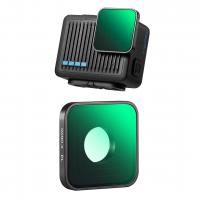
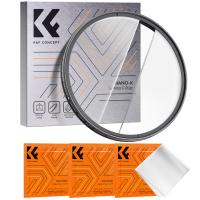

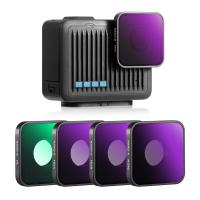
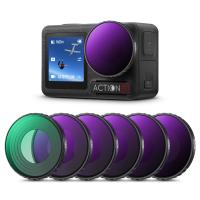

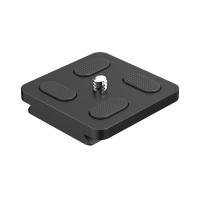
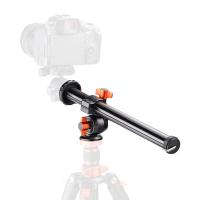
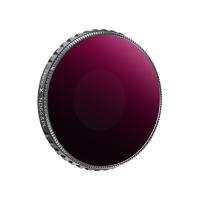



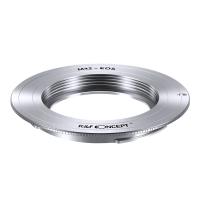
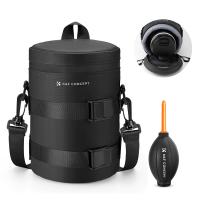
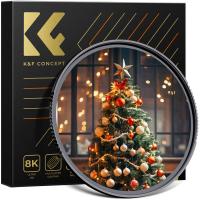

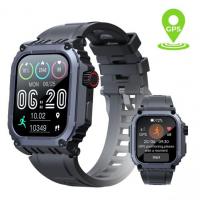
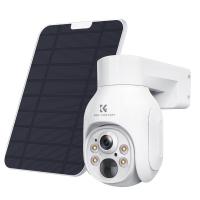
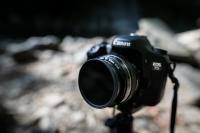
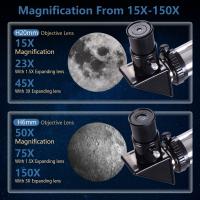
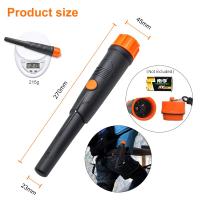

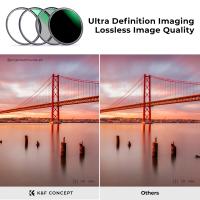

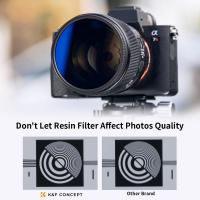



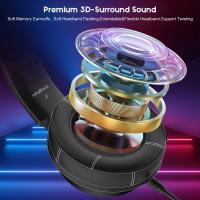
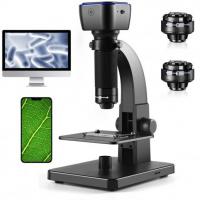
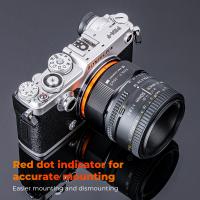
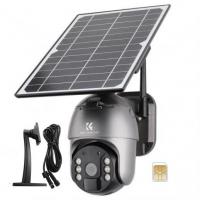
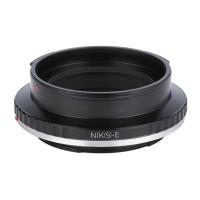
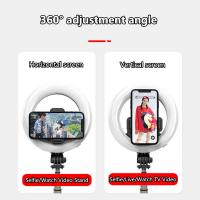

There are no comments for this blog.